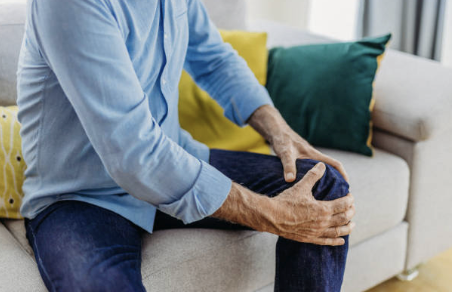The knee provides stability for the body and allow it to bend and straighten when you walk. It is the largest joint in the body. Did you know knee injuries account for 41% of all sports injuries? Common knee injuries involve, ligament tears, meniscus damage, osteoarthritis, fractures and tendinopathies. There are many factors that may lead to knee injuries that include muscle strength, proprioception, fatigue, level of fitness, body weight, age, gender and environment. In this blog, we are going to provide some simple physiotherapy tips to get reduce knee injuries
Muscle and proprioception training:
It can be difficult to start a strength and conditioning program for the knee. What exercises should I be doing? Am I correctly doing my exercises? How many times a week? It is important to speak to a physiotherapist about building a knee strengthening and conditioning program. It is important to strengthen your front thigh muscles (quadriceps) and your back thigh muscles (hamstrings), strong thigh muscles well place less joint pressure on the knee. If you are playing sports then it is critical to include plyometric and agility exercises to your program. Furthermore, it is also essential to focus on proprioception training. This is the ability for the knee to recognise and interact with the environment. Together with your health care professional, they will be able to ensure you reach your maximum potential and be able to safely return to sport.
Stay active in the long term:
We should always strive to live an active lifestyle for our general wellbeing. In some situations, it can be difficult to stay active however making active choices can come a long way for your health. The World Health Organisation (WHO) recommends at least 150 minutes of moderate aerobic activity a week. This should also include strength exercises 2x a week. It is often easier to commit to exercise if you enjoy the physical activity. This is why engaging in a sport or a physical hobby can help you stay active in the long term.
Maintain a healthy body weight:
Australian Institute of Health and Welfare states that a body mass index (BMI) of greater than 25 as being overweight. Studies have shown a 5% decrease in body weight over 20 weeks have significant benefits in overall function. Weight loss places less body weight on our knee joints. To be able to maintain a healthy weight, you may need to make some dietary changes in your lifestyle. A dietician will be able to guide and support you if you need nutritional advice to maintain a healthy body weight.
When do I need to seek a health professional?
If you begin to notice that you reduce your physical activity and stop engaging in your sport due to your knee pain then it is recommended to contact a health professional. Physiotherapist are health professionals who focuses on the assessment, treatment and prevention of movement injuries. Myphysio physiotherapists can provide you with a tailored treatment program. Book an appointment today. You can also follow us on Facebook or Instagram for tips on managing your injury.
In the month of October 2023, Myphysio is offering 50% off initial consultation for new patients with knee pain. Mention BLOG50 at checkout to receive your discount and get your rehabilitation journey started with an experienced Myphysio physiotherapist.
This information is for educational purposes only and is not intended to replace the advice of your doctor or health care professional. We encourage you to discuss any questions or concerns you may have with your health care provider.
References:
- Sancheti P, Razi M, Ramanathan EBS, et alI injuries around the knee – Symposium British Journal of Sports Medicine 2010;44:i1.
- Australian Institute of Health and Welfare. Osteoarthritis, What is Osteoarthritis? – Australian Institute of Health and Welfare.
- World Health Organisations. Physical Activity. https://www.who.int/news-room/fact-sheets/detail/physical-activity

